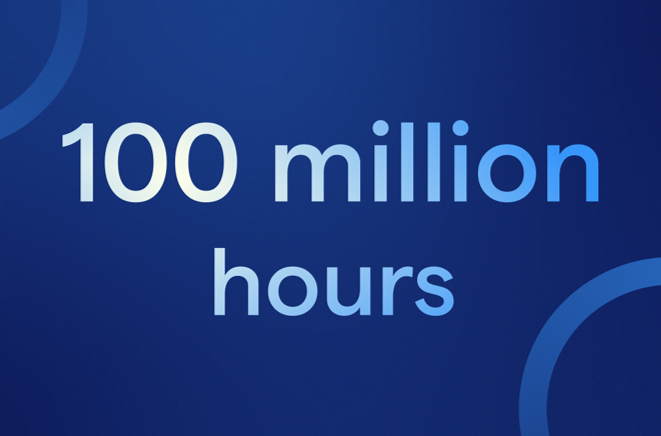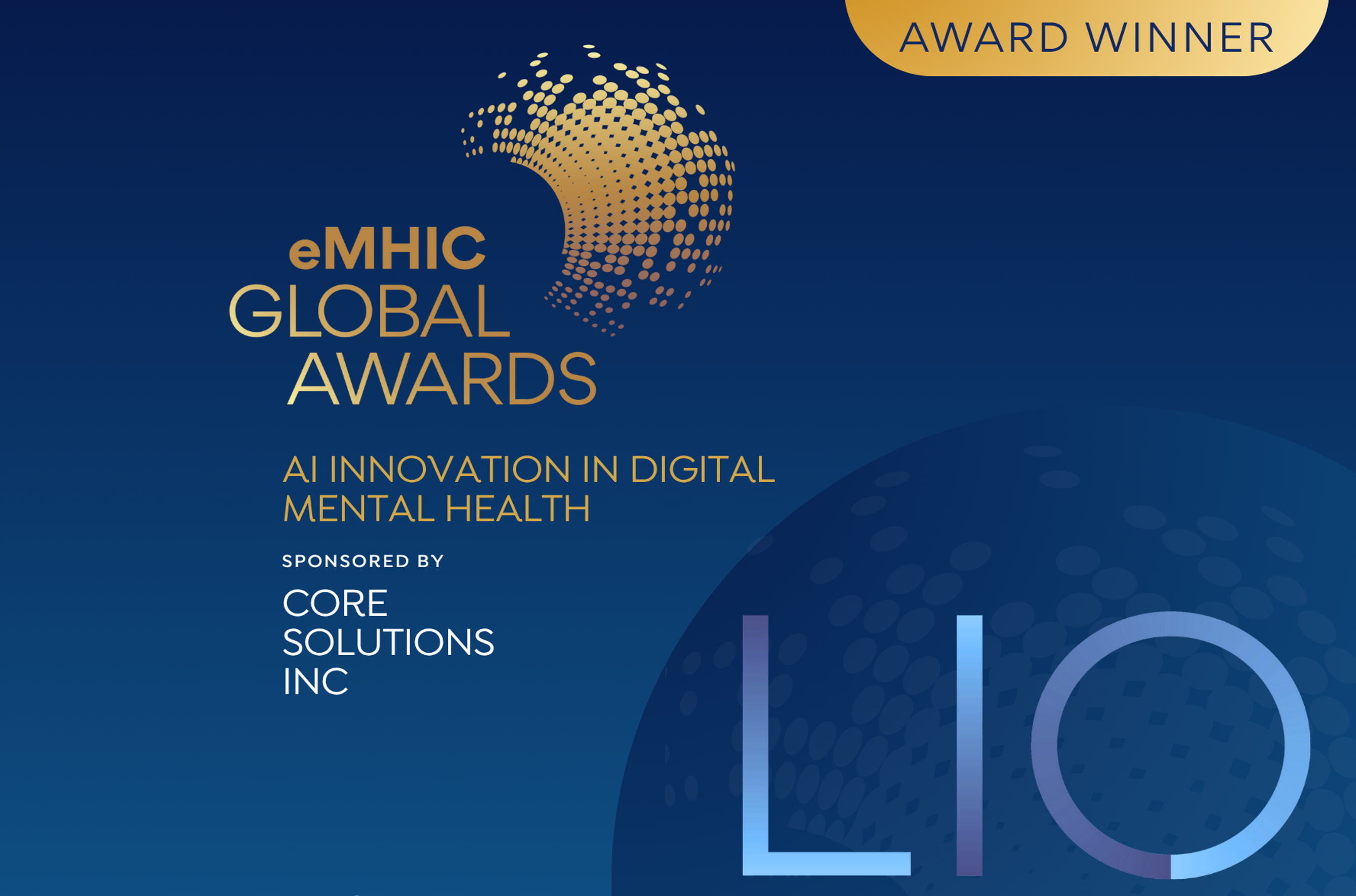Signals of change: Is contactless monitoring becoming ordinary in mental health care?

When Formula 1 introduced the halo – a titanium bar circling the cockpit of a racing car to protect drivers from flying debris and high-impact crashes – it was met with strong resistance. Fans called it ugly. Drivers said it ruined visibility. Yet within two years of becoming mandatory, the device had already saved multiple lives, including those of several of its loudest critics.
Every standard we now take for granted began as a debate. Innovation almost always follows the same trajectory: resistance, regulation, routine. Over time, the radical becomes reasonable and the reasonable becomes required. The paradox of progress is that its greatest triumphs eventually disappear from view. Success is when something new becomes so ordinary that we forget it was ever novel.
Healthcare technology is no different. The stethoscope was initially met with scepticism, deemed unnecessary and even undignified. Today, it’s inseparable from the image of a doctor. Electronic health records went through their own proving phase – questioned for safety, reliability and usability before becoming the backbone of modern care delivery.
Contactless, or ambient, monitoring – which provides continuous insight into patient health and wellbeing – is on a similar journey. It’s taken years of evidence-building, partnership and perseverance to earn its place in inpatient mental health care. And recent developments suggest a turning point: a quiet shift towards the technology being perceived not as an optional extra, a nice-to-have or an idea to trial, but as a foundation for safety and quality in mental health hospitals.
Finding a place in the framework
The hardest part of innovation isn’t creating something new – it’s persuading the system to make space for it. One of the clearest signs that a healthcare technology is maturing is when it begins to appear in national policy and professional standards.
In August, the Care Quality Commission (CQC) set out guidance for inspectors and inpatient providers on the use of contactless monitoring on mental health wards.1 This milestone reflects what’s already happening in practice: over the past three years, at least eight NHS provider inspection reports have cited positive feedback on the technology’s contribution to better care.
The CQC’s guidance builds on a broader conversation that’s been taking shape. The National Mental Health & Learning Disability Nurse Directors Forum,2 Health Services Safety Investigations Body3 and NHS England4 have each outlined best practice for adopting contactless monitoring and other digital technologies in inpatient settings.
This convergence across national bodies signals that contactless monitoring has crossed an invisible threshold, and is no longer something the system makes room for, but something it expects.
Earning trust through evidence
Becoming part of the furniture takes more than good intentions; it takes proof. And not just once. A technology has to demonstrate, time and again, that it really works.
In a newly published multi-site study5 spanning six NHS mental health providers, a clear pattern emerged. Across different facilities, service types and outcomes, contactless monitoring was consistently linked to safer care – with fewer incidents of self-harm, falls and assaults, and reduced use of physical restraint rapid tranquillisation.
That picture is echoed in evidence recently presented to the Lampard Inquiry. Over a 26-month period, one NHS trust reported more than 1,700 incidents in which contactless monitoring enabled staff to identify risk earlier and step in before serious harm occurred.6 This impact can be life-changing. An Executive Director from another trust explained: the technology has helped staff “make more timely interventions when required and therefore assisted in preserving life”.7
Incident data tells part of the story, but in mental health care success is also measured by how people feel. Independent research presented at the International Mental Health Nursing Research Conference in 2024 found that contactless monitoring fostered a sense of psychological safety, with 87% of patients feeling safe or safer when the technology was in use. Most patients also said communication and therapeutic relationships with staff were as strong or stronger than before. These findings suggest that, for those closest to it, contactless monitoring has become a familiar and reassuring part of care.
Crossing borders, sharing standards
When innovation gains acceptance, it travels. It stops being the preserve of a few early adopters and starts to spread, because everyone wants in on the benefits it brings. When a healthcare technology can cross oceans and still hold its purpose, you know it’s taken root.
That’s what’s happening with contactless monitoring. What began as an idea at the University of Oxford is now being embraced internationally, with rapidly growing uptake across the United States and a distribution partnership in Australia. Despite differences in culture, health systems and models of care, the motivation is the same: to raise quality standards in inpatient mental health care.
Evolving what works
Contactless monitoring for mental health has become more than a new tool – it’s established a new category of healthcare technology. Initially met with caution, it’s now widely integrated into inpatient practice and recognised as a vital part of delivering safe and high-quality care. Yet even as it becomes routine, its evolution continues.
Acceptance isn’t the end of innovation – in many ways, it’s where it begins. Once the barriers fall away, the challenge shifts from proving a concept to perfecting it. Just as people expect each new iPhone to be smarter, faster and more capable than the last, clinicians and patients expect contactless monitoring to keep advancing.
And so do we. Every refinement builds on what came before, shaped by the people it’s designed to help. The latest evolution of LIO reflects everything we’ve learnt so far. It’s more patient-centred, more adaptable and more insightful. Because progress doesn’t stop when technology becomes part of the everyday. That’s when it starts to make its greatest impact.
If you’d like to explore how LIO can support your organisation’s digital journey in mental health care, get in touch: info@liohealth.com.
1 Care Quality Commission (2025). Brief guide: Digital contactless patient monitoring technologies in mental health in-patient services.
2 National Mental Health and Learning Disability Nurse Directors Forum (2022). Vision-based patient monitoring systems in mental health wards.
3 Health Services Safety Investigations Body (2025). Mental health inpatient settings: overarching report of investigations directed by the Secretary of State for Health and Social Care.
4 NHS England (2025). Principles for using digital technologies in mental health inpatient treatment and care.
5 Kekic et al. (in press). Enhancing safety in mental health hospitals: A multi-site evaluation of a contactless patient monitoring platform. Mental Health and Digital Technologies.
6 The Lampard Inquiry (2025). Hearing Day 27 Evidence, OXHE009987.
7 The Lampard Inquiry (2025). Hearing Day 28 Evidence, EPUT009024.








